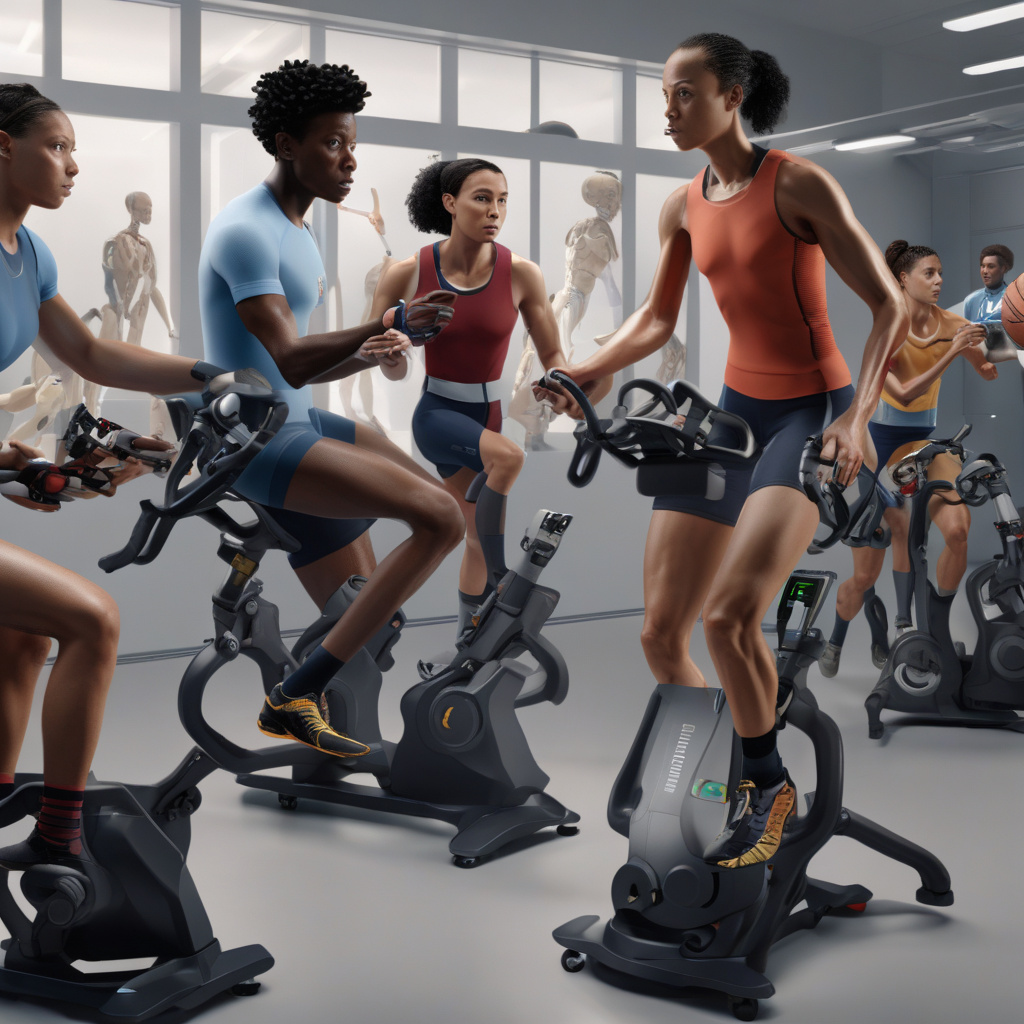A Generative AI Model: Revolutionizing Athletes’ Performance and Recovery
In the realm of sports, injuries are an unfortunate reality that can hinder an athlete’s performance and career. Whether it’s a strained muscle, a torn ligament, or a stress fracture, the road to recovery can be long and arduous. However, recent advancements in technology, specifically the marriage of biomechanics and generative AI, have paved the way for a groundbreaking solution that could change the game for athletes everywhere.
UC San Diego’s Biomechanically Informed Generative Embeddings (BIGE) model is at the forefront of this innovation, offering a glimmer of hope for athletes looking to avoid injuries and recover faster. By leveraging the power of generative AI, BIGE has the potential to revolutionize exercise science and injury prevention, providing personalized insights and recommendations tailored to individual athletes.
So, how does the BIGE model work, and what sets it apart from traditional methods of injury prevention? At its core, BIGE combines the principles of biomechanics – the study of the body’s movement – with generative AI, which uses vast amounts of data to create predictive models. By analyzing an athlete’s movements and biomechanics, the BIGE model can identify potential areas of weakness or imbalance that may increase the risk of injury.
For example, imagine a basketball player whose jump shot puts excessive strain on their knees. Through advanced motion tracking and analysis, the BIGE model can pinpoint the specific biomechanical factors contributing to this strain, such as improper alignment or muscle imbalances. Armed with this information, coaches and trainers can then work with the athlete to make targeted adjustments to their technique or training regimen, reducing the risk of injury and improving performance.
But the benefits of the BIGE model extend beyond injury prevention. In the unfortunate event that an athlete does get injured, the model can also play a crucial role in expediting the recovery process. By generating personalized rehabilitation programs based on an athlete’s unique biomechanical profile, BIGE can help athletes recover more quickly and effectively, minimizing downtime and maximizing their chances of returning to peak performance.
The implications of UC San Diego’s BIGE model are far-reaching, with the potential to transform the way athletes train, compete, and recover. By harnessing the power of generative AI and biomechanics, athletes can take a proactive approach to their health and well-being, staying ahead of potential injuries and optimizing their performance on the field, court, or track.
As we look to the future of sports science and technology, it’s clear that innovations like the BIGE model are poised to reshape the landscape of athletic training and injury prevention. With personalized insights, targeted recommendations, and data-driven strategies, athletes can now leverage the power of AI to unlock their full potential and stay at the top of their game.
In a world where injuries are all too common, the emergence of generative AI models like BIGE offers a beacon of hope for athletes seeking to push their limits while staying healthy and strong.
UC San Diego, BIGE model, athletes, injuries, recovery
